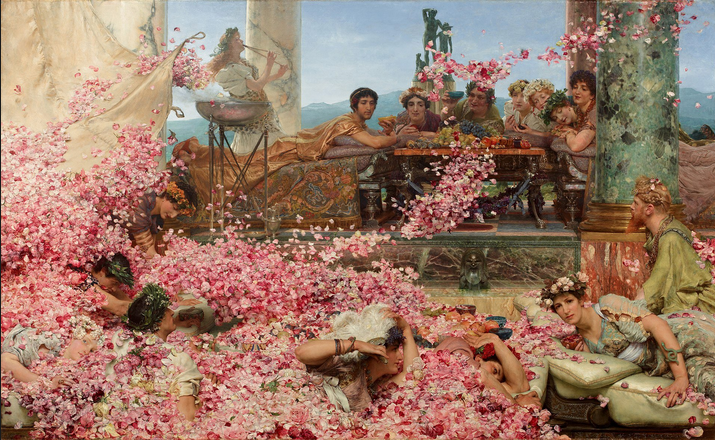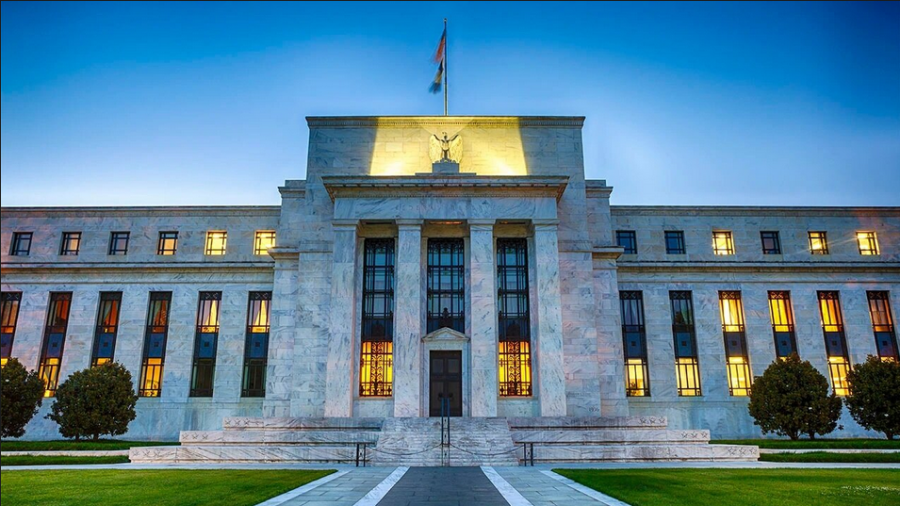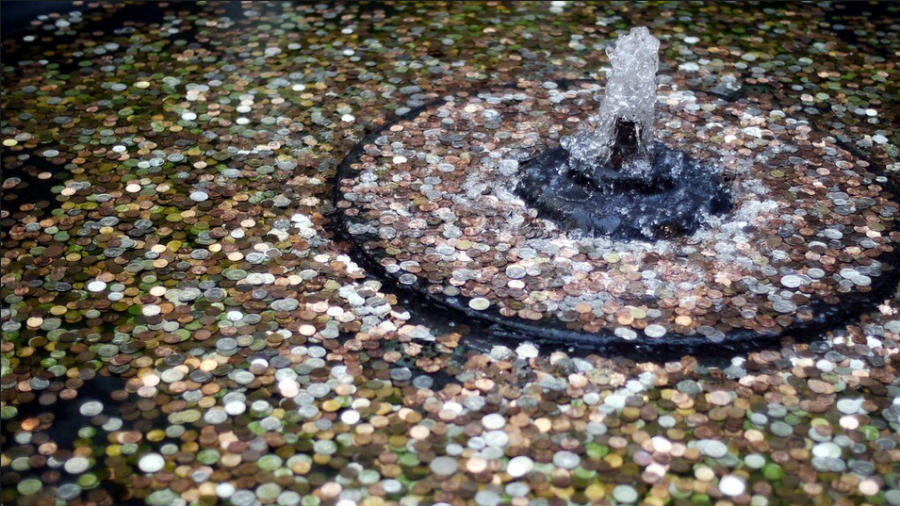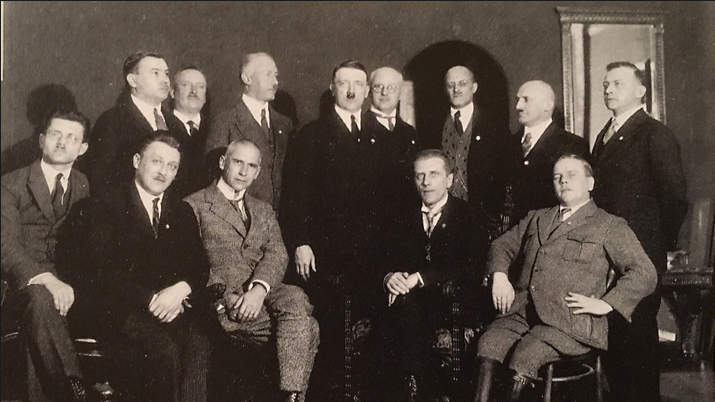The Forbidden Economics

Money Is Debt
It is well enough that people of the nation do not understand our banking and monetary system, for if they did, I believe there would be a revolution before tomorrow morning. ~Henry Ford
Money is debt. For money to be created, it has to be borrowed from the banking system, which creates it out of thin air and attaches an interest to it. This process, however, represents an arithmetic problem. If all the money is created as debt, there is no money to pay off the interest rate simply because the amount has not yet been created. To create it, requesting another loan with its respective interest is necessary. It is similar to trying to cover a hole by digging. The process is repeated indefinitely until the money is just created to cover the interest generated without ever paying off the debts. Eventually, lenders get all the money they have loaned, and most of the debtors will remain in permanent debt.
For this reason, the practice of usury was severely punished in ancient times. Philosophers like Plato, Aristotle and Cicero condemned the charging of interest for the immorality it represents; any way of making money out of money is immoral and perverse since it establishes the parasitic lives of the few at the expense of the majority. Thomas Edison was ardently opposed to debt-based money; “Interest is an invention of Satan,” he declared in an article for the New York Times. In the same article, he exposed the absurdity of a monetary system in which the taxpayer, in need of a loan, may be forced to pay in exchange for perhaps twice the principal for the concept of interest.
Through usury, the banking system absorbs most of the world's wealth with unpayable debts. The government takes the money with interest, knowing that, sooner or later, they will have to pay the banks with the country's resources. To pay the interest, they must resort to new loans that do not absorb but increase the principal debt. When the credit is exhausted, they resort to higher taxes just to cover their interests. These taxes are a new liability intended to cover the liability without ever paying off the public debt. They privatize the gains and socialize the debts.
Since money is created out of nothing with interest, public debt is unpayable. If the government stops borrowing, it will create no currency to make the payments, and the whole system will fall into a deflationary collapse. On the other hand, if it continues to generate more and more debt, it will inevitably collapse due to an inflationary catastrophe. The "invisible hand" of lenders and governments at the very top manipulate the market for their benefit, since they can restrict credit, raise interest, reduce production, manipulate the law of supply and demand, depreciate the currency, raise taxes , etc. It turns out that “We, the People” live in a captive economy.
The Federal Reserve

I believe that banking institutions are more dangerous to our liberties than standing armies. ~Thomas Jefferson
In 1907, after a national crisis JP Morgan, John Rockefeller, Jacob Schiff and Paul Warburg declared that the lesson was that United States needed a Central Bank. Many members of Congress opposed the project. Charles Lindbergh said: “When the President signs this bill, the invisible government of the Monetary Power will be legalized.” But finally, in 1913, President Woodrow Wilson signed the Federal Reserve Act. As established, a private central bank would control the monetary supply of the entire country. The implementation of the FED proved to be disastrous. In 1929, it allowed the Great Depression by reducing a third of the money supply; in 1971, he departed from the gold standard due to the lack of regulation of the issuance of fiduciary credit, causing a loss of almost 100% of the dollar's purchase value for 2013, a century after its creation.
Due to the Federal Reserve decree, the US government no longer has the right to print its own money and can only create it through the debts contracted by the Secretary of the Treasury, which issues bonds to the banking system through a process called “open market operations.” The FED then uses the banks as an intermediary and pays a large part of these bonds by issuing counterfeit checks. This purchase is a fraud; when someone writes a check, there must be sufficient funds to cover it, but when the Central Bank issues a check, it creates money out of nothing. In this way, the Federal Reserve is a private corporation without a penny in its reserves.
The Treasury deposits the new currency created to increase public spending, the financing of public works, social programs and, above all, wars. However, as the national debt increases, the government is forced to collect taxes from the working class to pay the banks the principal amount plus the interest on their promissory notes. This process creates a deficit paradox; if you want to increase public spending, you must increase taxation. That is why, in the same year that the Federal Reserve was created (1913), the constitution had to be modified in advance to allow the permanence of the income tax. The US Government raise taxes only to cover interest payments, but it will never pay off the public debt.
The Federal Reserve, without depending on the legislative, executive, or judicial power, has in its hands, to a large extent, the economic destiny of the United States, and through it, the economic and political destiny of the world.
The Banking Cartel System

Whoever controls the volume of money in any country is absolute master of all industry and commerce, and when you realize that the entire system is very easily controlled, one way or another, by a few powerful men at the top, you will not have to be told how periods of inflation and depression originate. ~James Garfield
At the top of the banking pyramid cartel we find the first Rothschild World Bank, the Bank for International Settlements (BIS), established in Basel, Switzerland, in 1930. This entity has no government control and it is immune to all the rules of the world. It is a monopoly that controls the issuance of fiduciary currency in the economic blocks and dictates the interest rates between central banks.
Central banks produce periods of economic boom by making money cheap, that is, by lowering interest rates. Eventually, the money supply becomes much higher than real production, causing inflation and speculative bubbles. Once the supply decreases by raising the interest rates, there is an explosion of these artificially created economic bubbles. The economic crisis of 1929 was caused by the ease with which the banking system granted credit. When interest rates rose steeply, panic broke out and famine spread. Senator Robert Owen would express: “the panic was caused by a deliberate conspiracy for the enrichment of those who manipulated it.”
Almost 100% of all currency is not created by central banks but by the commercial banking system that multiplies the currency from nothing. This process is known as fractional reserve banking. With a reserve ratio of 10%, the bank lends 90% of the amount of a current account. Assuming you deposit $ 100 in this bank, how is your account still showing $ 100? The bank left a $ 90 promissory note in your account and loaned the same amount to a new borrower. When that same amount is deposited in a new bank account, the system interprets it as new money, so there are now 190 dollars in existence. The bank lends 90% again. This process is repeated until your initial deposit of only $ 100 can generate up to $ 1,000 in bank loans.
The banking system condemns a large part of humanity to work just to solve the debts they have contracted. This neo-feudal structure enriches a minority of money-lenders at the cost of the working capacity of the people. The function of high finance is, therefore, to maintain social inequality. In the same way, that tyrant Heliogabalus suffocated his subjects with waves of flowers, the elites keep the population in perpetual struggle, desperate not to be drowned by increasing debt, inflation and taxes. Debt-money vampirizes the energies of productive labor, subjecting human beings to eternal despair and fierce competition, stripping their joy and willingness to live.
Humanity is born, lives and dies as a slave of the banking system. Compound debt not only enslaves the current generation, our children and grandchildren must also need to work eternally for the debt already generated. Our hard work and talent give the currency value, but we exchange our lives hour by hour, day by day, year after year, enslaving us by numbers created out of nowhere as unpayable debts. Another economy is possible, very different from the one that prevails on the planet today, but it requires wisdom, the will to power and the spirit of sacrifice to implement it.
Manifesto for the breaking of interest-slavery

Usury and racketeering, as well as ruthless enrichment at the cost and harm of the people, will be punished with death. ~Gottfried Feder
According to the German economist Gottfried Feder, “the rupture of interest means the possible and definitive liberation of the productive work from the powers of money that secretly dominate the world and the salvation of man from slavery and suffering.” Money in itself is properly a medium of exchange and a store of value, not a commodity such as bread or steel. Therefore money should be issued without profit in the service of the legitimate needs of the people.
The most viable solution concerning the banking problem is to nationalize central banking. According to deficit spending, the government must create on its own instead of borrowing from the private central bank, freeing itself from interest payments and, therefore, eliminating the tax burden. In Manifesto for the Abolition of Interest-Slavery, published in 1919, Feder proposes that state loans be declared as a currency of nominal value or converted into book assets. The interest tax is replaced by repayment obligation, and all taxes to pay interest on debts are eliminated. His main idea is the seisachthei, a relief reform for the annulment of all debt contracts, just as Solon’s did to release all Athenians who had been debt-enslaved.
Economic pressure is exerted in tweezers: on the one hand, inflation and deflation. Either there is more money than the production of goods supports, and consequently, everything becomes more expensive, or money is scarce, and then consumption falls, production decreases and unemployment increases. The solution is not to produce more banknotes (inflation), nor to cripple economic activity (deflation), but to vigorously increase the production of goods and services, for which the nation needs to disassociate itself from the leadership of international economic power, which Feder denounced as an "essentially Jewish" economy.
It is impossible to buy more than what has been produced. The increase in wages only makes sense when at the same time, there is an increase in production. If we increase wages without increasing production, the worker receives a piece of paper with which he cannot buy any more items. For Feder, “money is and should be nothing than a voucher for completed labor.” The State creates money according to work produced without causing inflation or deflation. Real capital, expressed in real and tangible assets, is freed from financial capital from banks and speculators. As long as a tangible produced asset backs the money, there is no inflation. And if the State gets rid of debts and suppresses interest on money, it can dispense income tax. The debtor is freed from debts, the taxpayer from income tax, and the saver from inflation that deprives its wealth.
The total increase in national production determines the increase in money in circulation. This system is not new: Benjamin Franklin explained exactly the same thing; money has no value by itself; it is only a bonus for the work done, a mere tool to facilitate the exchange of ‘real’ economic assets. It simply had to be created to regulate the flow of existing goods and services. And money, naturally, should be free of interest and debt since it was backed by productive labor and, therefore, by the work of whoever had created those goods and services.